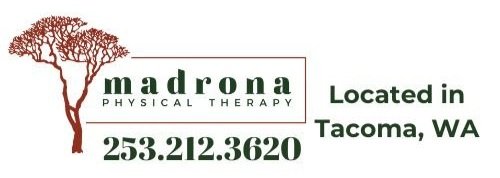Cesarean Section and Pelvic Floor Physical Therapy
by Dr. Bernadine Hoang, PT, DPT
I had a patient who had a Cesarean section (C-section) several years ago who came to the clinic because of pain with vaginal penetration, stress urinary incontinence, and feelings of core weakness. It was her first time seeing a pelvic floor physical therapist since having children. She was surprised to learn that women who have a C-section can benefit from physical therapy. She assumed that those who had a Cesarean birth do not have the same issues as those who had a vaginal birth. While this is partially true, many women do not realize a C-section is an extensive abdominal surgery which could benefit from rehabilitation after their birth.
A Cesarean section is a major procedure which involves an incision through several layers of tissue including the skin, subcutaneous tissue, fascia, rectus abdominis musculature, peritoneum, and uterus. It should be standard of care for women to have physical therapy after a major abdominal surgery such as a C-section.
Often, my patients have no idea they could benefit from working with a pelvic floor physical therapist (PFPT) after having a Cesarean birth mainly because many assume that they do not need the care as they did not have a vaginal birth, or they simply do not know how a PFPT can help them address their needs. Whether someone has a vaginal birth or a Cesarean birth, in both situations the body experiences many physiologic changes over the span of several months during pregnancy which impacts the pelvic floor, abdominals, pelvis, ribs, and diaphragm. Furthermore, it is still possible to have difficulty with bladder/bowel/gas control, core strength, pelvic floor coordination even after a Cesarean birth.
With my patient who I referred to earlier, we worked on diaphragmatic breathing, ways to address her lower abdominal, hip flexor, and pelvic floor tension, pelvic floor coordination, and ways to reconnect and strengthen her abdominals. Eventually over time, my patient did achieve her goals and became confident managing her symptoms with tools she acquired from working with a pelvic floor physical therapist.
While many women can have a variety of symptoms after a Cesarean birth, a pelvic floor physical therapist at Madrona Physical Therapy can help provide individualized care, guidance on how to progress or modify activity, and help increase one’s confidence with getting back to activity in a safe manner.
Written by Dr. Bernadine Hoang, PT, DPT of Madrona Physical Therapy PLLC
References:
Cesarean Birth. (n.d.). www.acog.org. https://www.acog.org/womens-health/faqs/cesarean-birth.
Going home after a C-section Information | Mount Sinai - New York. (n.d.). Mount Sinai Health System. https://www.mountsinai.org/health-library/discharge-instructions/going-home-after-a-c-section.
Macones, G. A., Caughey, A. B., Wood, S. L., Wrench, I. J., Huang, J., Norman, M., Pettersson, K., Fawcett, W. J., Shalabi, M. M., Metcalfe, A., Gramlich, L., Nelson, G., & Wilson, R. D. (2019). Guidelines for postoperative care in cesarean delivery: Enhanced Recovery After Surgery (ERAS) Society recommendations (part 3). American Journal of Obstetrics and Gynecology, 221(3), 247.e1–247.e9. https://doi.org/10.1016/j.ajog.2019.04.012.

